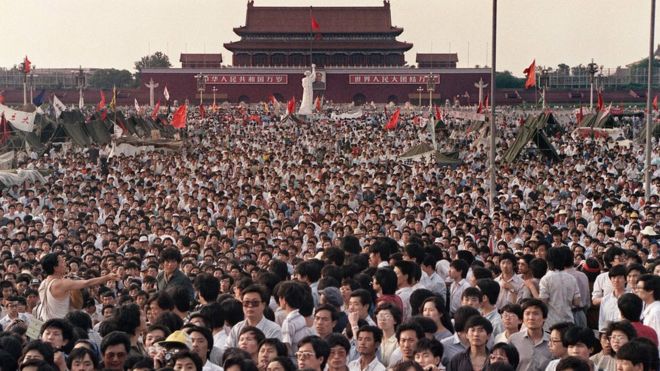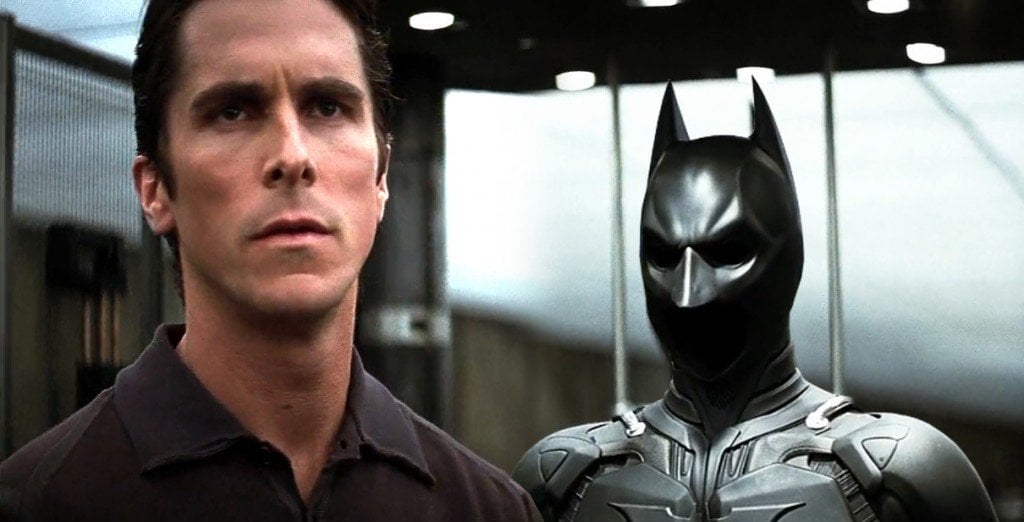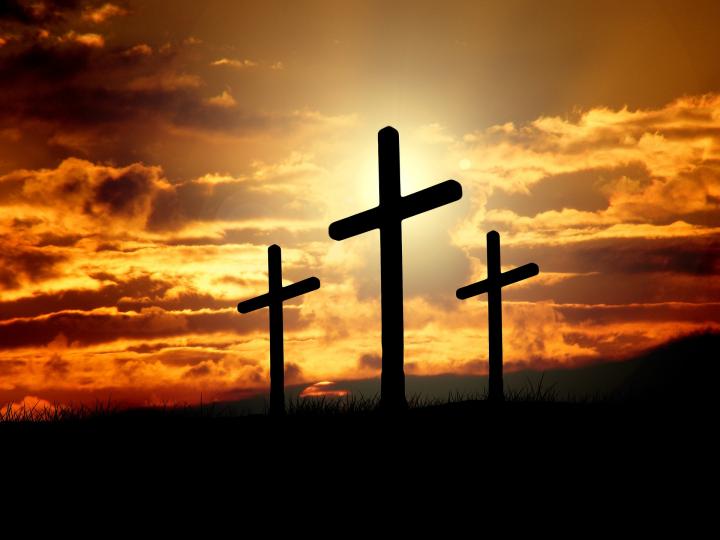I went to watch Field
of Dreams last night with two friends. We sat outside on the massive lawn
at dusk and watched the white screen at the Philbrook Museum. I know the film
pretty well. I watched in 89 (as a kid) when it came out and I’ve seen it probably a few
dozen times since then. We watched from a couple of blankets laid out on the
grass like kids camping out on in the back yard, gulping sugary drinks and
munching snacks.
We arrived a little late. Mostly because my friends ordered cocktails
and watched the bartender search for the right bottles. He explained that he
was just filling in. Normally he worked at another place. It showed. With a confused
look on his face he opened fridges and dug under sinks and shuffled items on
the counter in a futile attempt to locate grenadine. He never found it. He apologized
and we took the concoction he made outside where the movie had already started.
The biggest mistake was not bringing a chair; it was miserable
trying to find a comfortable way to sit. I’m not a kid so sitting cross legged with
my face in my hands isn’t really an option. Neither is laying down on the
blanket or propping up on an elbow. I’ll get comfort for about 2 to 3 minutes
and I have to adjust. Chairs aren’t just a better idea they’re necessary for
anyone over 30. Not to mention we sat near the back. Such is the case when you
arrive late and don’t dare go tip toeing across a settled mass of people
cursing you out as you stand in their line of sight. Being on a blanket when
everyone else is on a chair forces you to look skyward, people loom overhead
obscuring your view to the screen. The woman in front of me kept raising her
arms and resting her folded hands on top of her head. I had to look through the
triangle shaped view she made with her head and arms. Luckily I was all too
familiar with this movie. My discomfort made me count the minutes until Kevin
Costner has a catch with his dad and the lights go out to reveal a line of
passing cars headed for the farm house with the ball field.
As we left for the night, blankets in hand and looking for a
trash can and an exit, we reminisced about drive in movies. That’s kind of what
movies on the lawn are, drive in theaters without the cars. I never liked drive-ins
though. I didn’t dare spoil the mood with my friends but my recollection of
drive in movies is noisy neighbors and poor sound. The staticky speaker we had
to attach to the car window like a food tray at Sonic didn’t project sound. I’m
sure they’re better now. If you don’t bring lawn chairs (again with the
chairs?) you sit in the car and our cars were never that comfortable. I always
noticed people nearby sprawled on the hood of their vehicles. There were too
many in the family station wagon for that to be practical for us.
I'm not much fun sometimes.
I’ll have to visit the Philbrook when they have special
exhibits next time. We did poke around for about 20 minutes in a few of the
rooms. You really need to look around if you haven’t before. Most of the art is
priceless due to its age and condition. Some of the paintings dated back to the
early 19th century. Obviously they aren’t for sale. A photographer’s
work from Conde’ Nast was displayed in a corner room for traveling exhibits. In
all they were probably 25 to 30 images of famous artists, politicians, athletes
and actors in black and white along the wall. I
walked through pretty quick, nothing really jumped out at me. I’m never sure
what to do at art galleries. How do I appreciate something that a very talented
individual put time and effort into? Is there more to do than stare, admire and
move on? Do I need to have an opinion that transcends mundane observations like
“Huh, Joan Crawford eh?” Is there some piece of appreciation just floating over
my head that I’m unable to grasp?
I probably didn’t spend enough time looking at the pictures.
I’ve read that a good photo captures the emotion of the subject, their fears or
inhibitions. You can really see it this famous one of a dust bowl migrant. I’ve
seen some great old photographs of large families with a patriarch in the
center awkwardly holding a toddler who looks as though the old man might crush
her. Sometimes the space between figures suggests emotional distance. No one
likes to cram in for pictures and force a smile, less so with an invisible
barrier of isolation. These hardscrabble families on the prairie had to have
gritty determination to tear up rough soil for planting and suffer through crop
failures and bad weather. A sensitive pioneer wouldn’t fare well. Their
harshness is understandable.
I don’t get much out
of the studio shots and hyper-real close ups. I’m open to have my mind changed
but they seem too staged, magazine ready and lifeless.
Without a
connection to either the subject being shown (people or places) or to the one
taking pictures, I’m less interested. At some level we all appreciate greatness
though. Field of Dreams is a classic
but we don’t need to know anything about baseball or farming to get why it’s a
great story. We needn’t realize the complexity of putting a film together,
shooting and editing, seeking out locations and raising money. What is the core
of the story? reconnecting with dad. The ball field and financial problems, the dream world of old baseball players like Shoeless Joe is just the yarn. We
understand lost connection between father and son.
Next time they show a movie I’ll get there early and spend
some time really looking at the paintings and photography first. I’ll bring a
chair too.






